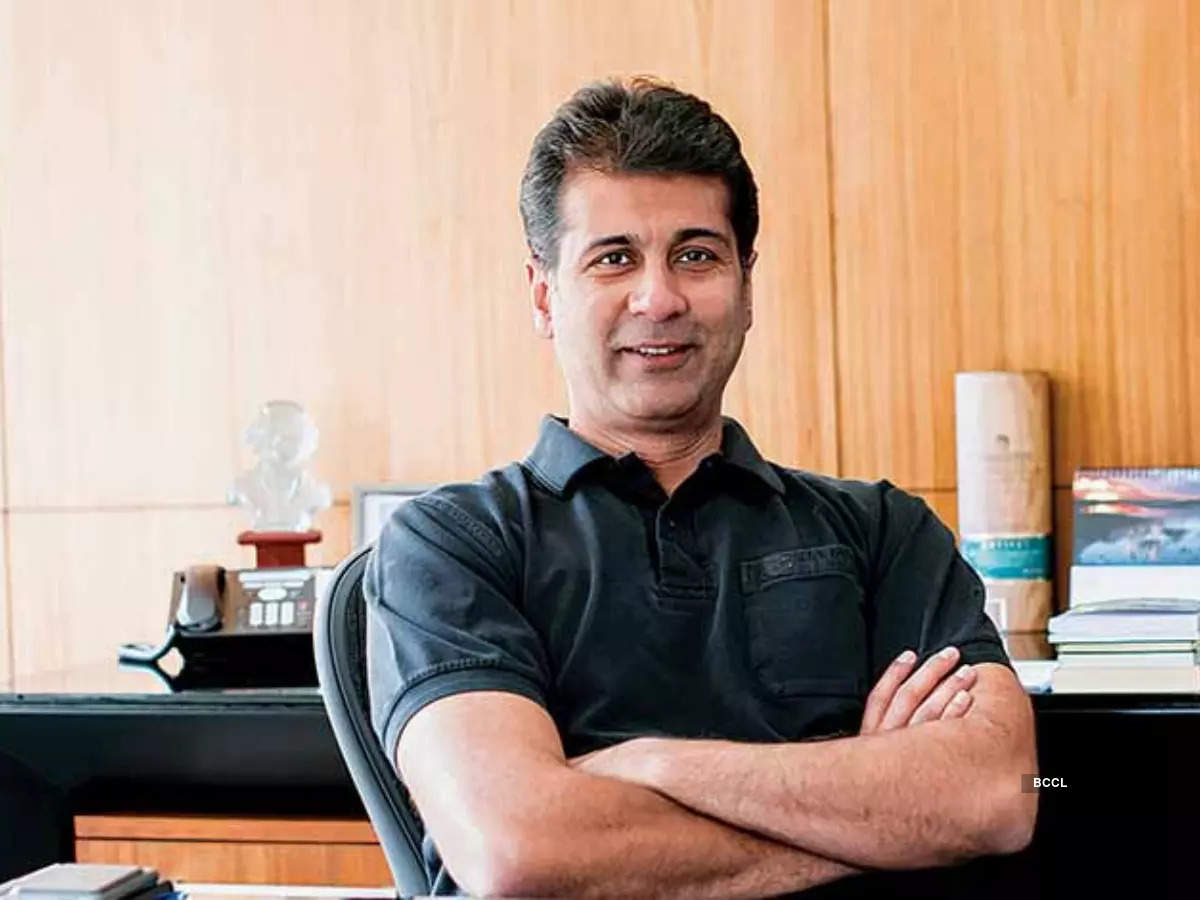
Rajiv Bajaj, managing director of Bajaj Auto, sees the electric vehicles (EVs) business achieving profitability at a relatively lower volume threshold, on the back of pricing power, a cost competitive structure and strength of the brand. The two-wheeler manufacturer entered the fast-growing market with an electric scooter in January 2020, and followed it up with electric three-wheelers in May this year.
In an interview with Shally Seth Mohile, Bajaj also shared an update on a CNG motorcycle – being developed by the company and likely to be rolled out by 2025 – that would earn India the distinction of launching the world’s first compressed natural gas motorcycle. Edited excerpts:
The road to profitability is long for electric two-wheeler manufacturers. How is Bajaj Auto gearing up?
Over the last 20 years, Bajaj Auto has successfully executed two significant transformations – from being a scooter licensee to becoming a motorcycle innovator, and from being a domestic player to becoming a global powerhouse.
During both these endeavours, we have demonstrated the ability to balance change with stability, and growth with profitability.
We have embarked on Bajaj 3.0 with the same strategic focus and supply chain competencies that have served us well twice before. Thus, we have every reason to believe we shall, in time, make the journey from ICE (internal combustion engine) to EV successfully, irrespective of the uncertainties that may present themselves.
Though Bajaj Auto is cash-rich, will you still consider getting external funding for the electric two-wheeler business so it doesn’t nibble into the core businesses?
Ours is a relatively low capex business, wherein our partnership with our suppliers is characterised by a disproportionate contribution from us for innovation, and from them, for investments.
Over the last four years, as we have scaled up our electric Chetak and more recently, our three-wheelers, we have been through the ‘chips and ships’ chaos and the inflationary and currency crises, (yet) continued to consistently deliver the 20% ebitda (earnings before interest tax, depreciation and amortisation) that’s come to be expected of us.
Our strong cash position mirrors the above context and reality, in turn making it difficult for us to justify additional external support. In fact, doing so in the face of front- and back-end vagaries – ranging from policy and price instability to shifting technology and cost options – would most likely compromise the terminal value of our EV entity.
Finally, our reputation earned over 75 years burdens us with the expectation of building, and not burning, our way into the future, and, in that process, managing someone else’s money even more astutely than we do our own.
After the top-of-the-line premium Chetak e-scooters, what impact can the upcoming, more affordable range have on margins?
These are flawed conclusions arising from superficial observations. First, it is a norm that new technology starts at the top of the market, where it would best represent the brand and most appeal to its discerning customers.
Thereafter, over time, as we ascend the learning curve, we usually witness two phenomena – the product bar continues to be raised with periodic new innovations, while simultaneously, the cost structure improves with scale-driven design and marketing economies, as also manufacturing and sourcing productivities. This is exactly the behaviour that you’re witnessing with seasoned manufacturers like Bajaj and that’s why the margin profile for our EV portfolio improves with every passing quarter.
What kind of monthly volume threshold will electric two-wheelers require to put the business firmly on the profitability path?
Two factors more than any other define the length of the path to profitability of the EV.
First, pricing power that rests on the depth of its brand position – in our scooter Chetak and our three-wheeler RE, we have strong brands in terms of both awareness and aspiration.
Second, a competitive cost structure that leverages the breadth of its technology platform; again, in Chetak and RE we have platforms that enable our design and manufacturing investments to be productive across our two- and three-wheeler portfolios.
Thus, in a competitive context, Bajaj should achieve EV profitability at a relatively lower threshold.
Bajaj’s electric three-wheelers have met with a good response and volumes are rising. What could be the potential challenges in scaling up?
With the ICE three-wheelers, Bajaj now has about 80% market share. That’s a reflection of the strengths of its brand, technology, quality and distribution. This is a potent starting position for our electric three-wheeler journey that began with the launch in Agra in May this year, and has since grown to encompass almost a dozen important cities.
Almost without exception, customer appreciation for the merits that our product has to offer – primarily, range and reliability – is driving us to EV three-wheeler leadership in these markets.
Hopefully, this trend will continue as we seek to progressively make our product available pan-India over the next year or so. We expect compelling operating economics to more than compensate for any challenges that initial customer concerns may present for the adoption of EV in place of ICE three-wheelers.
How’s the CNG motorcycle progressing? When is it likely to be ready for launch?
CNG is unkindly referred to as a transitional fuel, whereas in our view, it is a transformational one. It offers the best of both worlds – the reassurance of ICE owing to the absence of anxieties over safety, range and charging, as well as the inspiration of an EV for its salutary impact on the environment, as it reduces pollutants by 50-90%, and consumers, for whom daily running costs halve.
It has been a runaway success in three-wheelers, wherein CNG penetration is now 60%.
However, to the best of our knowledge, there doesn’t exist a CNG two-wheeler anywhere in the world so far, owing primarily to the challenge of packaging. It’s a rather large cylinder for a two-wheeler that doesn’t afford the storage space that a three-wheeler, car or bus can.
We’re currently focused on solving this challenge and are keen that within 2025, we earn India the distinction of introducing such a product that is good for the environment and society alike, both of whom are desperately seeking a sustainable solution for untenable pollution.

















